Understanding Teeth Whitening Strips
Teeth whitening strips have revolutionized the way people approach at-home oral care. They offer a convenient and relatively affordable way to brighten your smile. But with a plethora of options available, understanding the basics of how these strips work is essential before making a choice. This guide will provide you with a comprehensive comparison of two popular brands: Crest and Walgreens. We’ll delve into the science behind teeth whitening strips, explore the different types available, and help you determine which option best suits your needs. Whether you’re looking for a subtle enhancement or a dramatic transformation, knowing the ins and outs of these products will empower you to make an informed decision and achieve the dazzling smile you’ve always wanted.
What are Whitening Strips
Whitening strips are thin, flexible strips coated with a whitening agent, typically hydrogen peroxide or carbamide peroxide. These strips are designed to adhere to the surface of your teeth, providing a direct and concentrated dose of the whitening ingredient. They are easy to use and can be applied at home, making them a convenient alternative to professional teeth whitening treatments. The active ingredients penetrate the enamel, breaking down stains and discoloration caused by coffee, tea, smoking, and other factors. With consistent use, these strips can effectively lighten your teeth and improve your overall smile. The formulation and concentration of the whitening agent vary across different brands and products, which directly impacts their effectiveness and the duration of treatment required to achieve the desired results.
How Whitening Strips Work
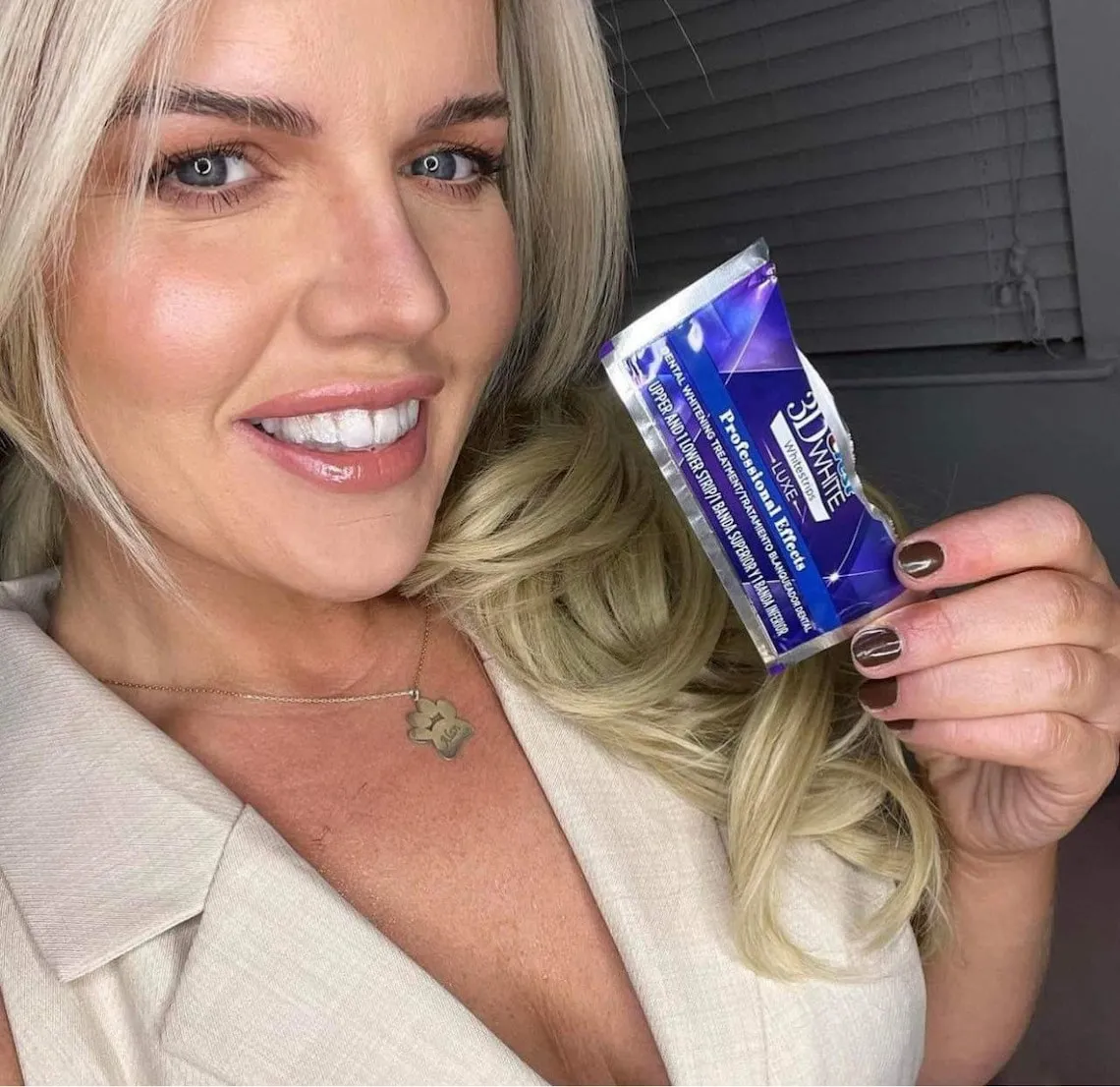
The primary mechanism behind teeth whitening strips involves the oxidation of stain molecules within the tooth enamel. The active ingredient, usually a peroxide-based compound, releases oxygen molecules that penetrate the porous enamel surface. These oxygen molecules then react with the stain molecules, breaking them down into smaller, less noticeable compounds. This process effectively lightens the overall appearance of your teeth. The duration and frequency of application, as well as the concentration of the whitening agent, influence the speed and extent of the whitening process. It’s crucial to follow the manufacturer’s instructions carefully to ensure safe and effective results, minimizing potential side effects like tooth sensitivity. The chemical reaction is relatively gentle, but the degree of whitening can vary based on the initial tooth shade and the type of stains present.
Crest Whitening Strips An Overview
Crest is a well-established brand in the oral care industry, known for its innovative approach to teeth whitening. Crest whitening strips have gained immense popularity due to their effectiveness, ease of use, and accessibility. They offer a range of products catering to different needs and preferences, from basic whitening to more advanced treatments. Crest’s whitening strips are designed to provide a comfortable fit and consistent contact with the teeth, ensuring optimal results. The brand is also recognized for its rigorous testing and commitment to safety, making it a trusted choice for consumers. Crest continuously updates its product line with new formulations and technologies, aiming to deliver brighter and healthier smiles.
Different Types of Crest Whitening Strips
Crest offers a variety of whitening strips to accommodate different levels of whitening needs and sensitivities. Popular options include Crest 3D White Classic, which provides noticeable whitening within a few days, and Crest 3D White Professional Effects, which offers a more potent formula for faster and more dramatic results. For those with sensitive teeth, Crest 3D White Gentle Routine provides a gentler whitening experience. Some Crest strips also incorporate advanced technologies, such as the use of blue light, to enhance whitening performance. Each type of strip is formulated with a specific concentration of whitening agent and is designed to be used for a specific duration, allowing consumers to choose the product that best aligns with their individual goals and comfort levels. It’s important to read product descriptions carefully to understand the differences and choose the most appropriate option.
Crest Whitening Strips Pros and Cons
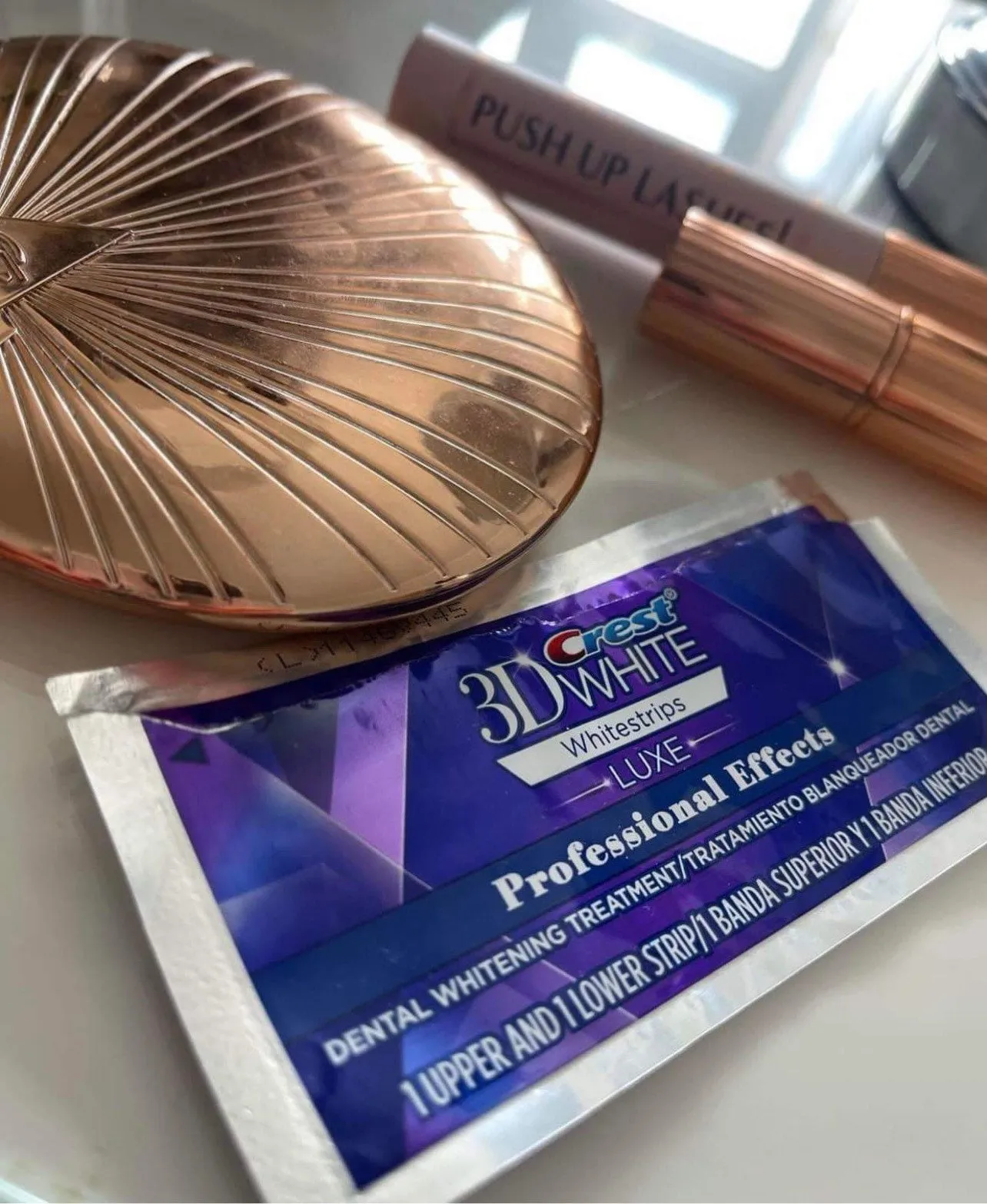
Crest whitening strips boast several advantages, including their effectiveness in removing stains and whitening teeth, ease of use, and widespread availability. They are generally considered safe when used as directed and offer a convenient at-home whitening solution. However, some users may experience temporary tooth sensitivity or gum irritation. The level of whitening achieved can vary based on the individual and the type of stains present. The cost can be a factor, as some Crest products are more expensive than alternatives. Additionally, consistent use is necessary to maintain results. Careful consideration of these pros and cons, alongside individual oral health needs, helps determine if Crest strips are a suitable choice for a brighter smile. It is recommended to consult with a dentist if you have any concerns.
Walgreens Whitening Strips An Overview
Walgreens, a leading pharmacy chain, also offers its own line of teeth whitening strips under its brand label. These strips provide a cost-effective alternative to brand-name products like Crest, making them an accessible option for consumers looking to brighten their smiles. Walgreens whitening strips typically contain similar active ingredients as their competitors, with varying concentrations of hydrogen peroxide. The strips are designed for ease of application and are intended to be used at home, offering a convenient and budget-friendly approach to teeth whitening. The Walgreens brand emphasizes value, often providing competitive pricing and regular promotions, attracting a wide range of customers. The effectiveness of these strips is generally comparable to other brands, but results may vary depending on the specific product and the individual’s teeth.
Different Types of Walgreens Whitening Strips
Walgreens offers a selection of whitening strip products, including those designed for different levels of whitening needs and sensitivities. These may include standard whitening strips for general stain removal and more concentrated formulas for enhanced results. The specific formulations and the level of hydrogen peroxide vary across the range, allowing consumers to select the product that best meets their needs. Walgreens often features strips with easy-to-use designs and comfortable fits, designed to stay securely on the teeth during treatment. Information about the type and concentration of the active whitening agent is typically available on the product packaging, guiding consumers in their choice. Walgreens regularly updates its product offerings to stay competitive with other brands in the market, including options designed for sensitive teeth or offering a faster whitening experience.
Walgreens Whitening Strips Pros and Cons

Walgreens whitening strips offer several benefits. They are generally more affordable compared to premium brands, making teeth whitening accessible to a wider audience. They provide noticeable results with consistent use and are easy to incorporate into a daily routine. However, like other whitening strips, they may cause temporary tooth sensitivity or gum irritation. The whitening power might be less intense than professional treatments or some higher-end brands. The selection of available products may be less extensive compared to market leaders like Crest. Careful evaluation of individual needs and potential side effects, as well as comparison with other brands, helps determine if Walgreens whitening strips are the right option.
Crest vs Walgreens Strips Comparison
Effectiveness Comparison
The effectiveness of whitening strips depends on several factors, including the concentration of the active ingredient (usually hydrogen peroxide), the duration of use, and the individual’s teeth and stain types. Both Crest and Walgreens whitening strips are designed to remove surface stains and brighten teeth. Crest, with its longer history and advanced formulations, might offer a wider range of strengths and technologies, potentially leading to faster or more dramatic results for some users. Walgreens strips, although effective, may provide a more moderate whitening experience. The actual results will vary from person to person, influenced by their starting tooth shade and lifestyle habits. Reading customer reviews and comparing the product descriptions, including the recommended usage and expected results, can help consumers select the most suitable product for their goals.
Cost Comparison
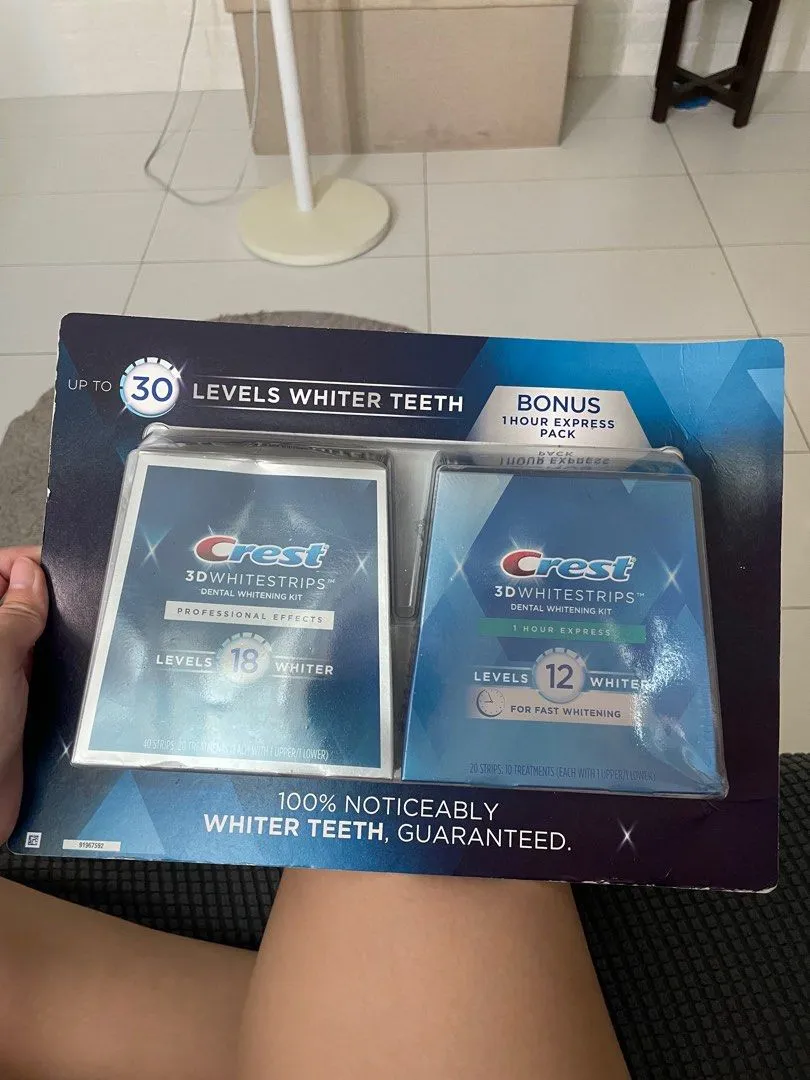
In general, Walgreens whitening strips tend to be more budget-friendly than Crest products, making them a good option for cost-conscious consumers. Crest, being a well-established brand, often has higher price points, reflecting its brand recognition and product innovation. The price difference can vary depending on the specific product type, the number of strips in the package, and any ongoing promotions. Both brands often offer discounts and bundle deals, so it’s wise to compare prices across different retailers. When making a decision, it’s also important to consider the value. While Walgreens may be cheaper upfront, the results and user experience could vary. The most cost-effective choice balances price with the desired level of whitening and user comfort.
Ease of Use Comparison
Both Crest and Walgreens whitening strips are designed for ease of use, featuring similar application methods. You typically apply the strips to the upper and lower teeth, aligning them with the gum line. The strips should stay in place for a specified duration, as indicated in the product instructions. The fit and adherence of the strips play a vital role in comfort and effectiveness. Crest strips often come with innovative designs, such as the ’no-slip’ technology, to enhance comfort. Walgreens strips, while effective, may not have advanced features, which could influence the user experience. Reading reviews and product descriptions will provide insights into the ease of application, the fit on the teeth, and the overall comfort, helping users choose a product that fits their lifestyle and oral care routine.
Ingredients Comparison
The main active ingredient in both Crest and Walgreens whitening strips is typically hydrogen peroxide or carbamide peroxide, the concentration of which influences the whitening power. The specific concentration will vary among different products within each brand’s line. Both brands also include inactive ingredients, such as stabilizers and flavoring agents, to ensure the strip’s efficacy and comfort. Knowing the specific ingredients is essential for users with sensitivities or allergies. Comparing the ingredients lists can help identify potential allergens or irritants. Consumers should consult product packaging and potentially consult with a dentist, particularly if they have pre-existing oral health issues or sensitivities, to verify the suitability of the ingredients for their teeth.
Customer Reviews Comparison
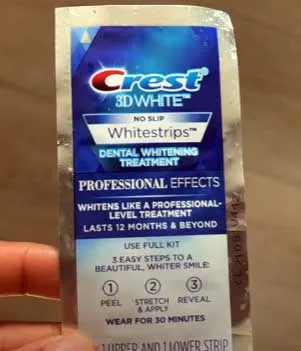
Customer reviews provide valuable insights into the experiences of real users with both Crest and Walgreens whitening strips. Reviewers often share their experiences with effectiveness, ease of use, taste, and any side effects such as sensitivity. Crest products are usually praised for their effectiveness and diverse options. Walgreens strips often earn positive reviews for their affordability and accessibility. However, the experiences are not uniform, reflecting individual differences in teeth sensitivity and lifestyle. Reading numerous reviews across different retail platforms provides a balanced view. Consider factors such as the consistency of the reviews, the presence of verified purchases, and the comparison of user feedback regarding similar products. This helps users create a more realistic expectation of the product’s performance.
Which Whitening Strip Is Right for You
Factors to Consider When Choosing
Selecting the right whitening strip involves considering several key factors. First, evaluate your whitening goals: are you looking for a subtle enhancement or a dramatic change? Your teeth sensitivity is important. If you have sensitive teeth, look for strips designed for gentle whitening. Consider your budget, as Crest products are often more expensive, while Walgreens strips offer a cost-effective alternative. Also, look at convenience. How often are you willing to apply the strips, and for how long? Read the product reviews and understand the real-world experiences of other users. Also, check the ingredients and, if you have dental work or specific concerns, consult your dentist for professional advice to ensure the product is appropriate for your oral health and any existing dental work. Careful consideration of these aspects will ensure a choice that suits your needs and desired results.
Where to Buy Whitening Strips
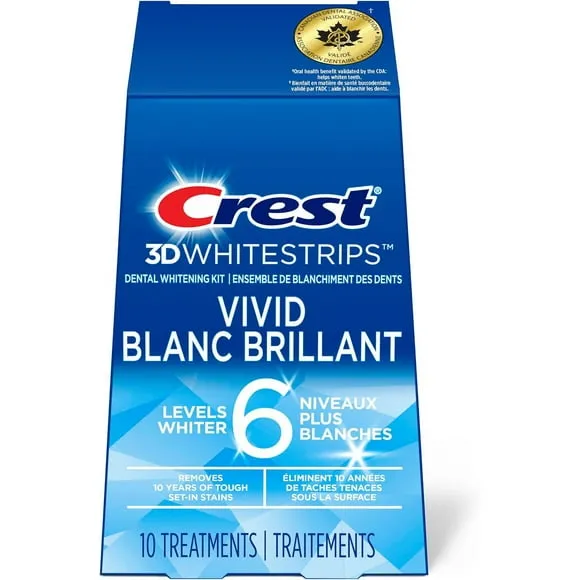
Crest and Walgreens whitening strips are widely available at various retail locations, including drugstores such as Walgreens, pharmacies, supermarkets, and online retailers like Amazon and Walmart. Buying from reputable retailers is essential to ensure you receive authentic products. Consider comparing prices and promotions across different stores to find the best deals. Buying online offers the convenience of home delivery, and many websites provide customer reviews and product information. Regularly check for sales, discounts, and bundle offers. Verify the expiration date and confirm that the product is sealed properly. Always purchase from trusted sellers and reputable websites to minimize the risk of counterfeit products. By exploring these options, you can find the best combination of value, convenience, and product selection.
Tips for Using Whitening Strips
Following proper usage instructions ensures the effectiveness and safety of whitening strips. Before use, brush your teeth to remove any surface debris but avoid brushing immediately before applying the strips. Apply the strips to your teeth as directed, ensuring they adhere properly. Avoid contact with your gums to minimize irritation. Adhere to the recommended wear time specified in the product instructions; do not leave the strips on for longer than advised. If you experience tooth sensitivity, take breaks or switch to a product formulated for sensitive teeth. Avoid consuming staining foods and drinks like coffee, tea, and red wine during treatment. After removing the strips, rinse your mouth to get rid of any residue. Following these guidelines guarantees better results and reduces any risks.
Maintaining Your White Smile
Maintaining a bright, white smile following teeth whitening treatment requires consistent oral hygiene practices. Brush your teeth twice daily with fluoride toothpaste and floss once a day to remove plaque and food particles. Limit your intake of staining foods and drinks, such as coffee, tea, red wine, and dark berries. If you consume these items, brush your teeth or rinse your mouth soon after to minimize staining. Consider using a whitening toothpaste or mouthwash to help maintain your results. Regular dental checkups and cleanings are also essential for removing surface stains and promoting overall oral health. Avoid smoking and chewing tobacco, as these habits can cause significant discoloration. By adopting these practices, you can extend the effects of teeth whitening and maintain a vibrant smile for longer.
